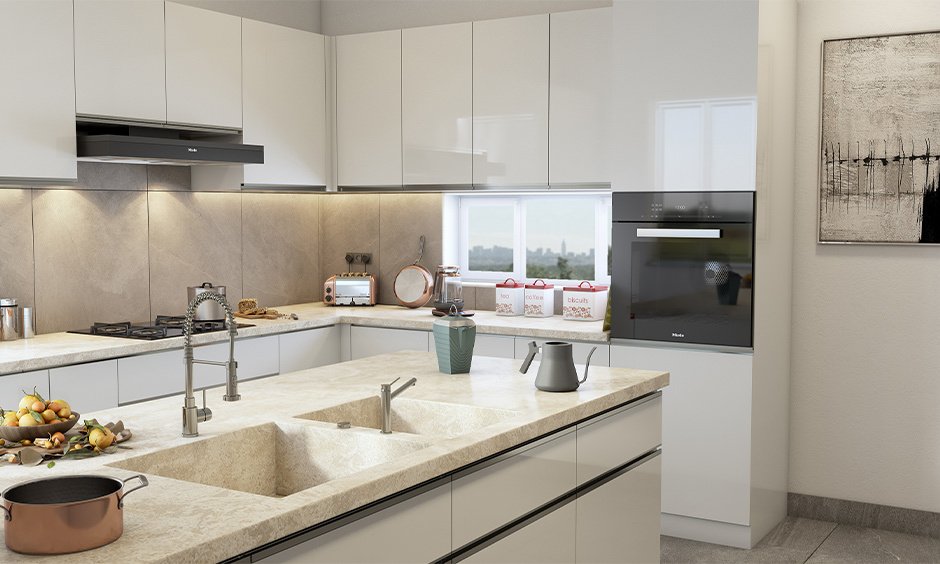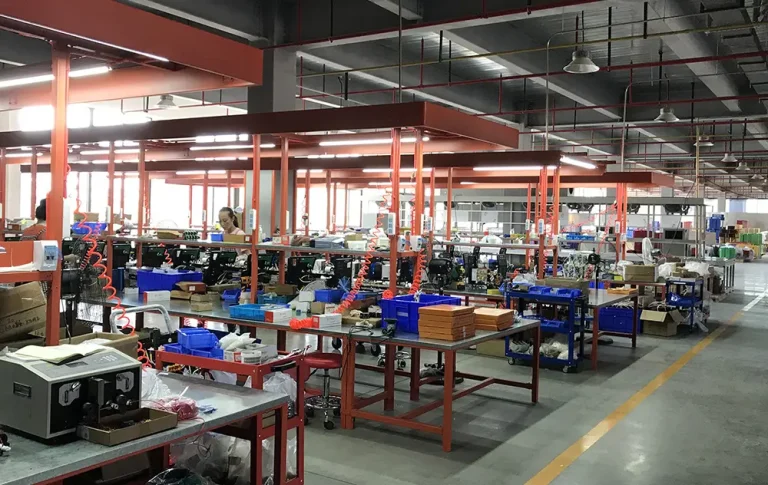Stainless Kitchen Sinks: Why They Are a Durable and Stylish Choice for Any Home
A kitchen sink is an essential fixture in every home, serving as a focal point for meal preparation and cleaning. When selecting the right sink, homeowners prioritize durability, functionality, and aesthetics. Among the various sink materials available, stainless steel stands out as a top choice due to its strength, resistance to wear, and timeless appeal. Whether upgrading a kitchen or building a new one, Stainless Kitchen Sinks offer an excellent combination of practicality and style, making them a preferred option for modern and traditional kitchens alike.
Understanding the benefits, maintenance requirements, and key features of stainless kitchen sinks will help homeowners make informed decisions when purchasing a new sink.
Benefits of Stainless Kitchen Sinks
1. Exceptional Durability
Stainless steel is well known for its durability and resilience. Unlike porcelain or composite materials, it does not crack, chip, or stain easily. Its resistance to rust and corrosion ensures long-term reliability, even in high-moisture environments.
2. Timeless and Versatile Design
Stainless steel sinks blend seamlessly with various kitchen styles, from contemporary to classic. Their sleek, polished, or brushed finishes complement a wide range of countertops, including granite, quartz, and laminate.
3. Heat and Stain Resistance
One of the major advantages of stainless steel is its ability to withstand high temperatures. Hot pots and pans can be placed in the sink without damaging the surface. Additionally, the material resists stains from food and beverages, keeping the sink looking clean and fresh.
4. Low Maintenance and Easy Cleaning
Maintaining a stainless steel sink is simple. Daily cleaning with mild soap and water prevents buildup, while occasional polishing restores its original shine. Unlike other materials, stainless steel does not require sealing or special treatments.
5. Lightweight Yet Sturdy
Compared to other sink materials like cast iron or stone, stainless steel is lightweight, making it easier to install without requiring reinforced cabinetry. Despite its light weight, it remains structurally strong and durable.
6. Wide Range of Styles and Configurations
Stainless steel sinks are available in multiple designs, including single-bowl, double-bowl, under-mount, and farmhouse styles. This versatility allows homeowners to choose the best fit for their kitchen layout and daily needs.
7. Cost-Effective Choice
Stainless steel sinks offer excellent value for money. They are generally more affordable than stone or ceramic alternatives while providing superior longevity and performance.
Proper Maintenance for Stainless Kitchen Sinks
A well-maintained stainless steel sink retains its appearance and functionality for years. Here are some essential maintenance tips:
1. Daily Cleaning Routine
- Rinse the sink after each use to remove food particles and debris.
- Use a mild dish soap and a soft sponge or cloth to clean the surface.
- Avoid using harsh chemicals or abrasive scrubbing pads that could scratch the finish.
2. Preventing Water Spots and Streaks
- Dry the sink with a microfiber cloth to avoid water stains and mineral deposits.
- Apply a stainless steel polish or a mixture of vinegar and water for a streak-free shine.
3. Removing Stubborn Stains and Scratches
- Use baking soda mixed with water to create a gentle scrubbing paste for tough stains.
- For deeper scratches, apply a stainless steel cleaner and buff the area using a soft cloth.
4. Protecting the Sink Surface
- Place a sink grid or mat at the bottom to prevent dents and scratches from heavy cookware.
- Avoid leaving metal items, like cast iron pans, in the sink for extended periods, as they may cause rust stains.
Choosing the Right Stainless Kitchen Sink
When purchasing a stainless steel sink, homeowners should consider the following factors:
1. Gauge Thickness (Steel Quality)
The thickness of stainless steel is measured in gauges. A lower gauge number indicates a thicker and more durable sink.
- 16-gauge: Heavy-duty and resistant to dents, ideal for high-traffic kitchens.
- 18-gauge: The most common choice, offering a balance of durability and affordability.
- 20-gauge and above: Lightweight and budget-friendly but more prone to dents.
2. Sink Configuration (Single vs. Double Bowl)
- Single-Bowl Sink: Provides a spacious area for washing large pots and pans. Ideal for small kitchens or minimalistic designs.
- Double-Bowl Sink: Offers separate compartments for washing and rinsing, enhancing efficiency in meal preparation and cleanup.
3. Mounting Options
- Top-Mount (Drop-In) Sinks: Fit over the countertop and are easy to install.
- Under-Mount Sinks: Installed beneath the countertop for a seamless, modern appearance.
- Farmhouse (Apron-Front) Sinks: Extend slightly beyond the counter, adding a stylish touch to rustic and modern kitchens.
4. Noise Reduction and Insulation
Higher-quality stainless steel sinks come with sound-dampening pads or spray coatings to reduce noise from running water and dishwashing. This feature enhances kitchen comfort by minimizing metal clanging sounds.
5. Finish and Aesthetic Appeal
Stainless steel sinks are available in different finishes:
- Brushed Finish: Hides scratches and water spots effectively.
- Polished Finish: Offers a shiny, reflective look but requires more maintenance to prevent fingerprints and smudges.
6. Drain Placement and Functionality
A rear drain location provides more under-sink storage space, while a center drain is more traditional and suits standard kitchen layouts.
7. Brand and Warranty Considerations
Reputable brands often offer better construction, soundproofing, and warranties. Checking the warranty ensures long-term protection against manufacturing defects.
Conclusion
Stainless kitchen sinks are an excellent investment for any home, combining durability, style, and practicality. Their resistance to heat, stains, and corrosion makes them a preferred choice for busy kitchens. Additionally, they are easy to clean and maintain, ensuring a long-lasting and hygienic workspace. By considering factors such as gauge thickness, sink configuration, mounting style, and noise insulation, homeowners can find the perfect stainless steel sink to meet their needs. With proper care and maintenance, a stainless steel sink will continue to enhance kitchen functionality and aesthetics for years to come.







